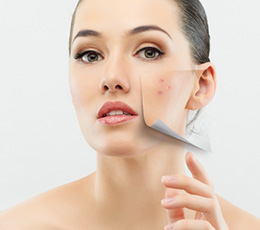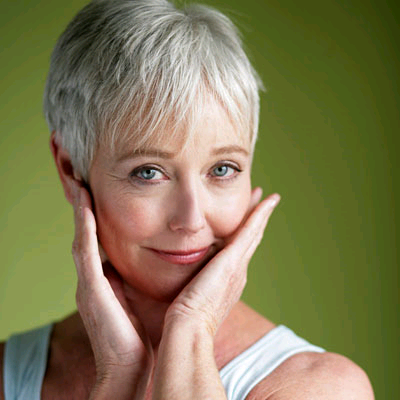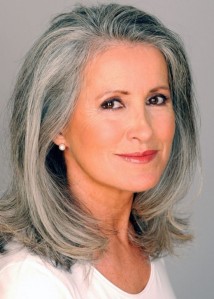I get asked these questions all the time.
How often should I cleanse my skin? How often should I scrub/exfoliate? How often should I wear sunscreen? How often should I get a facial? How often should I do waxing?
Let’s start with “how often should I cleanse my skin?”. I believe once a day is all that is needed for cleansing the facial skin. MOST IMPORTANT is to cleanse the skin at night and always before bed. Even if you fall asleep on the sofa with makeup on, get up and wash your face. No need to wash again in the morning unless there is a specific reason. Just splash the face with several splashes of warm water then follow with a couple of cold splashes.
Next question is “how often should I scrub/exfoliate?”. I recommend 4-5 times per week. It partly depends on what type of exfoliant you are using. For physical scrubs like NaturaActiv’s Silt Exfolia, I like to say definitely 4-5 times per week. Not a hard scrub, just a regular scrub with nice pressure. Continued scrubbing not only keeps the surface of the skin smooth and free of dead skin cells, it also stimulates renewal of the cells. Scrubbing also helps keep the blackheads away. It also makes the skin ready for serums to feed and nourish the skin. If you are using a chemical exfoliant like NaturaActiv’s Retin-A, Glycolic Acid, Salicylic Acid or Salix by NaturaActiv or such, then that really depends on how strong the chemical is and how it affects the peeling process of your skin. It may be that you use the product until you start to notice dryness/flakiness or slight peeling. Then, back off for a few days until your skin normalizes than get back at it again. Even in the interim, I recommend using a physical scrub to remove dryness and flakes.
Question #3 is “how often should I wear a sunscreen?”. I don’t like sunscreens. There, I said it. If you just have to wear one, then wear a natural sunscreen/block made with mineral based protection similar to Tizo Physical Sun Protection. I believe, if you must wear one, only wear it when you are spending time in the sun. If you work inside then why bother to wear a sunscreen. If you are going to be hiking in the sun for several hours, then wear one (large brimmed hats are better for you and wear long sleeves cotton shirts and pants). Look at the people who live in the hottest, sunniest places. Most of them are covered up. Seek shade and stay out of the mid-day sun. You won’t expose yourself to ingredients that companies will later say they “thought were safe at the time”.
Another questions is “how often should I get a facial?”. Again, this depends on what is going on with your skin. For facial maintenance, once per month is great. Skin cells turn over every 28 days so monthly is good. If you need a specialty type of facial treatment, one that is focused on your specific concern, it may be weekly. But for general facials, once monthly is good.
Question #5 is “how often should I do waxing?”. What area? Different areas have different growth periods. For example, bikini and underarms have a growing period of six months whereas brows and lips have a growth period of 2-3 months. Of course, not all hair is growing at the same time. So the short answer is 3-4 weeks for waxing maintenance.
 The reason it works is that the infusion delivers a potent combo of oxygen and hyaluronic acid serum at the lowest molecular weight possible, which means that the serum is easily absorbed through the skin pores and directly into the deeper tissue. Brea is a cosmetic chemist and will custom blend a serum for your skin at time of your appointment.
The reason it works is that the infusion delivers a potent combo of oxygen and hyaluronic acid serum at the lowest molecular weight possible, which means that the serum is easily absorbed through the skin pores and directly into the deeper tissue. Brea is a cosmetic chemist and will custom blend a serum for your skin at time of your appointment.














